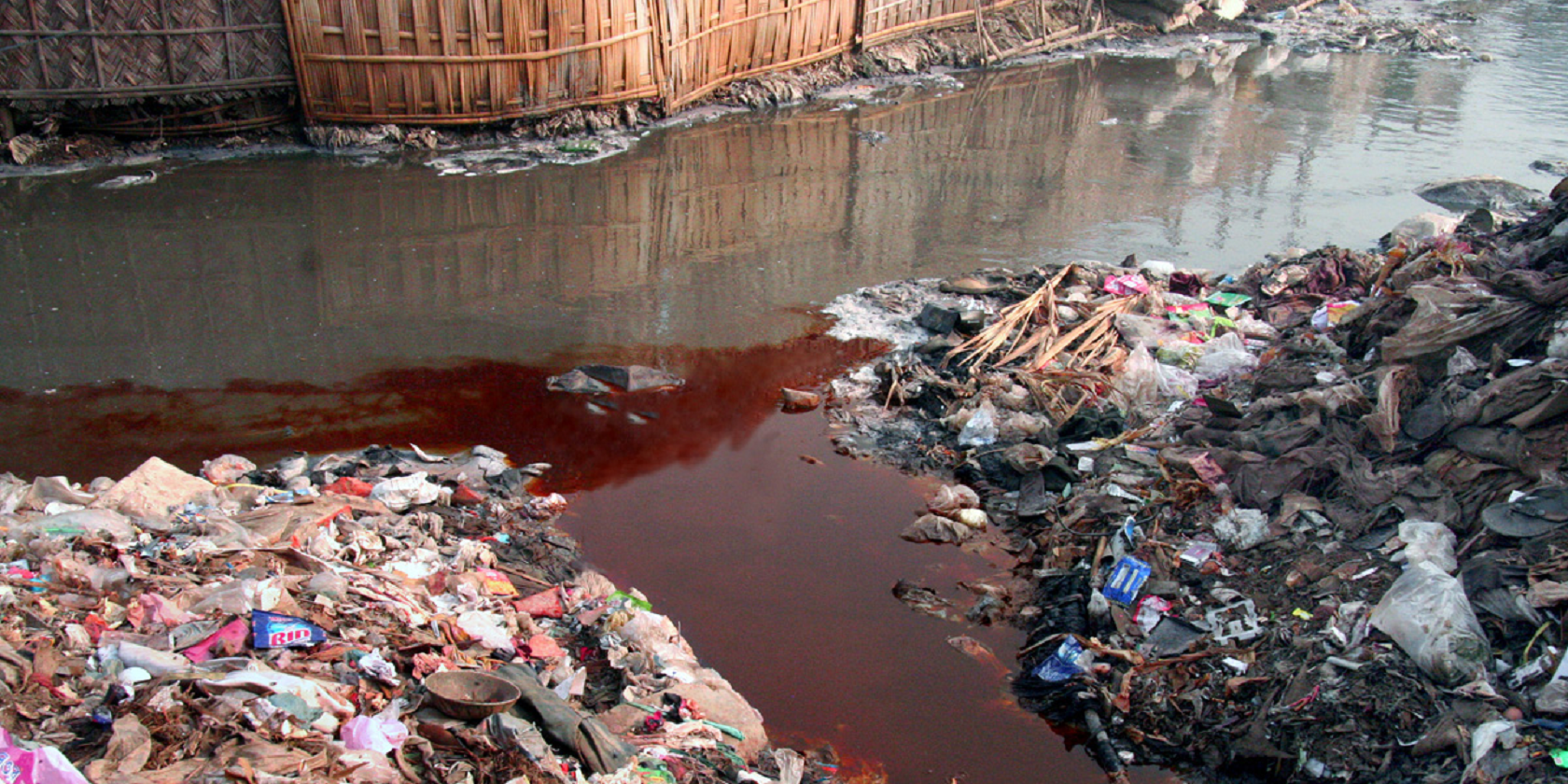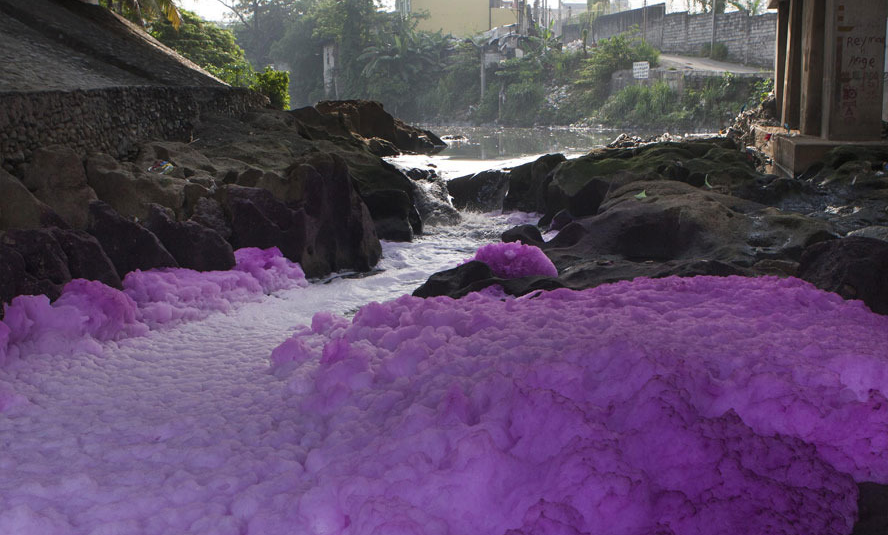
Clothing relies on water in every stage of its lifecycle, from growing the actual fibers to throwing the clothes away. From production to disposal, the fashion industry has three major negative environmental impacts related to water: high water usage, high levels of chemical pollution, and high levels of physical microfiber pollution.
Water Usage
Our global water supply is severely threatened; it is estimated that over 2 billion people are already affected by water shortages in over 40 countries. As water
scarcity increases globally, the fashion industry continues to exacerbate the problem.
The first step in clothing manufacturing is obtaining raw materials. For some clothes, this includes the production of polyester or other synthetic fabrics from plastic. For conventional cotton clothing, which makes up about 33% of all clothes, this includes growing the cotton. Growing cotton is extremely water-intensive, as it is one of the “thirstiest” crops. Simply making one cotton shirt can take up to 2700 liters of water, which is enough water for one person to drink for 2½ years.
The water used for irrigating cotton has serious impacts on the environment and local communities, as it depletes drinking water in addition to precious aquifer and groundwater stores. The actual processing of textiles (turning them from a raw material into a fabric) also uses immense amounts of water, and creates pollution.
Water Pollution
The main source of water pollution in the clothing production process is the “wet-processing” stage. After cotton has been spun and woven into fabric, it is
wet-processed, in which the fabric is dyed, printed, and finished. Not only is this process water-intensive, but it also pollutes water.
Textile processing involves applying a huge amount of chemicals to the fabric. In fact, the process of turning raw materials into textiles often takes over 8,000 different synthetic chemicals. One of the major chemical-culprits used in clothing manufacturing is chemical dye. It’s estimated that around 20% of all global water pollution comes from the dyeing of textiles. Unfortunately, the water used to apply chemicals and dye fabrics is often then dumped back into rivers and other waterways.
According to the 2016 documentary RiverBlue, which follows the textile industry’s contamination of China’s rivers, it’s estimated that around 70% of China’s freshwater is contaminated by 2.5 billion gallons of wastewater produced by the fashion industry. Unfortunately, this pollution is largely unregulated and continues to occur.
Microfibers
Finally, some types of clothing continue to pollute water even after they’ve made it into your closet! Many synthetic clothing fabrics, such as polyester and nylon,
are actually made from plastic. When fabrics, begin to break down, they create “microfibers” that are spread through the natural environment. In the case of
plastic-based fabrics like polyester and nylon, these small fibers that are dropped from clothing in use or when washed are actually microplastics, very small pieces
of plastic that do not degrade over time.
When you wash your polyester clothing (such as athletic clothing), small pieces of the fabric enter the wash water, and eventually make their way into the ocean. Studies show that 35% of microplastics found in the ocean result from washing clothes made of synthetic material. These microplastics don’t just stay in one place, either, because water is an extremely efficient method of transport! Synthetic microfibers have been found in freshwater, in drinking water, and even in Arctic sea ice.
Lastly, when clothes are not recycled and are instead put into landfill, the fibers break down into microplastics. Because microplastics don’t degrade, they instead make their way into water sources over time.
Impacts of Fashion’s Water Pollution
The most obvious damage the fashion industry’s water use creates is harm to the environment. The introduction of toxic chemicals into water sources harms
wildlife and destroys sensitive marine and freshwater environments. Some chemicals may also contribute to ocean acidification, which has far-reaching impacts
throughout the marine food chain.
Water pollution from clothing production also harms human health. First, while not directly linked to water pollution, the chemicals used in textile manufacturing can have severe impacts on workers’ health.
Additionally, chemical dumping into water supplies damages the health of nearby communities that depend on the water for resources, whether that’s drinking water or seafood. For example, shellfish often soak up toxic chemicals like AZO dyes from textile production, which can cause harm to people who eat them.
The microfibers released from fabrics can cause health issues as well. Microplastics in seafood or drinking water are especially harmful, as ingestion can cause a variety of health problems.
